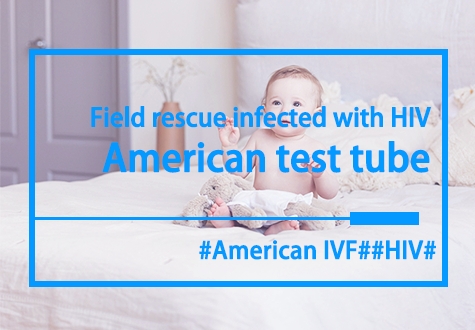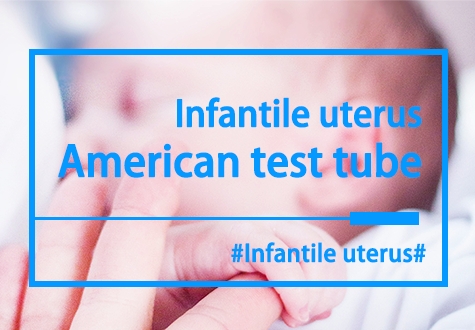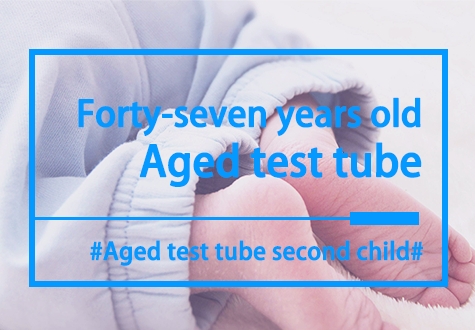What is the difference between the first, second and third generation of IVF?
The development of IVF technology has gone through the first generation, the second generation, and the current third generation. Each generation of test-tube technology has its unique characteristics and advantages, the first generation, the second generation and the third generation of test-tube differences?

First generation test tube
The first generation of IVF technology is the groundbreaking stage of IVF technology, born in 1978. Its main features include:
1, IVF process: The first generation of IVF technology mainly uses in vitro fertilization (IVF), the sperm and eggs are combined in the laboratory, and then the fertilized egg is transplanted back to the mother's uterus.
2, success rate: due to the immature technical level, the success rate of the first generation of IVF is low, only about 10%.
3, risk: the first generation of IVF technology has more risks, such as multiple pregnancy, premature birth, abortion and so on.
Second generation test tube
The second generation of IVF technology has been improved and perfected on the basis of the first generation, and the main features include:
1. Embryo detection technology: The second generation of IVF technology has introduced embryo detection technology, namely PGD/PGS technology, which can screen out embryos carrying genetic diseases and improve the success rate of embryo transfer.
2, embryo culture technology: the second generation of IVF technology has improved the embryo culture technology and adopted a continuous culture system, which has improved the survival rate of fertilized eggs.
3, the success rate is improved: the success rate of the second generation of IVF technology is improved compared with the first generation, about 20% to 30%.
Third generation test tube
The third generation of IVF technology is further developed and improved on the basis of the second generation, the main features include:
1. Embryo screening technology: The third generation of IVF technology has introduced more accurate embryo screening technology, such as PGT-A, PGT-M, etc., which can detect more embryo abnormalities and improve the success rate of embryo transfer.
2, embryo cultivation environment: the third generation of IVF technology has improved the environment for embryo cultivation, using more advanced media and incubators to create a more suitable growth environment.
3, the success rate is further improved: the success rate of the third generation of IVF technology has been significantly improved compared with the previous two generations, reaching 30% to 50%.
How to choose the first generation, second generation and third generation test tube technology?
The first generation of test tube technology is mainly suitable for infertility caused by fallopian tube abnormalities, endometriosis, male infertility and other reasons. This technique, which involves fertilizing sperm and eggs outside the body and then implanting the fertilized egg into the lining of the uterus, is one of the earliest IVF techniques.
Compared with the first generation, the second generation of test tube technology has improved, mainly for women due to age, low ovarian function and other reasons caused by infertility. In this technique, the patient's own egg and sperm are fertilized in vitro, and then the fertilized egg is implanted in the uterus, thereby improving the chances of a successful pregnancy.
The third generation of test tube technology is further developed on the basis of the second generation, and is suitable for some special cases, such as chromosome abnormalities, genetic diseases and so on. Unlike the first and second generation, the third generation of test-tube technology can carry out embryo chromosome screening to screen out abnormal embryos, thereby improving the probability of successful pregnancy and reducing the birth rate of chromosomal abnormalities.
With the continuous development of IVF technology, from the first generation to the third generation, the technical level continues to improve, and the success rate has gradually increased. However, each generation of technology has its own limitations, and patients should choose the most appropriate technical stage according to their own circumstances and needs when choosing IVF technology.














